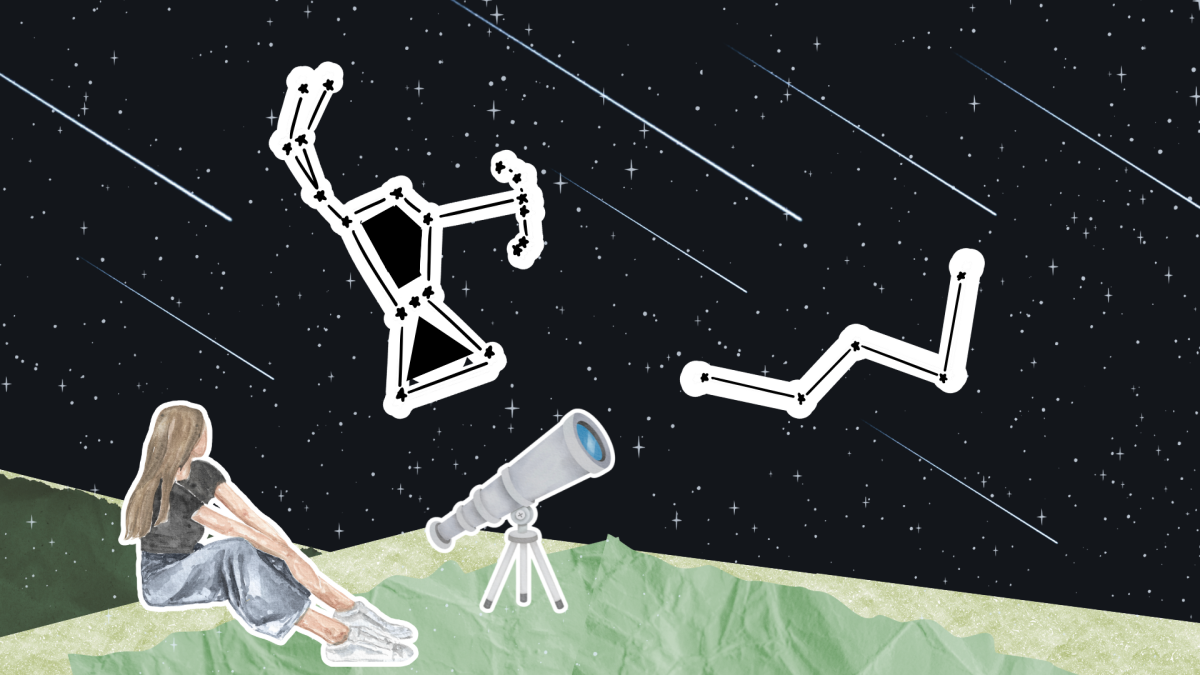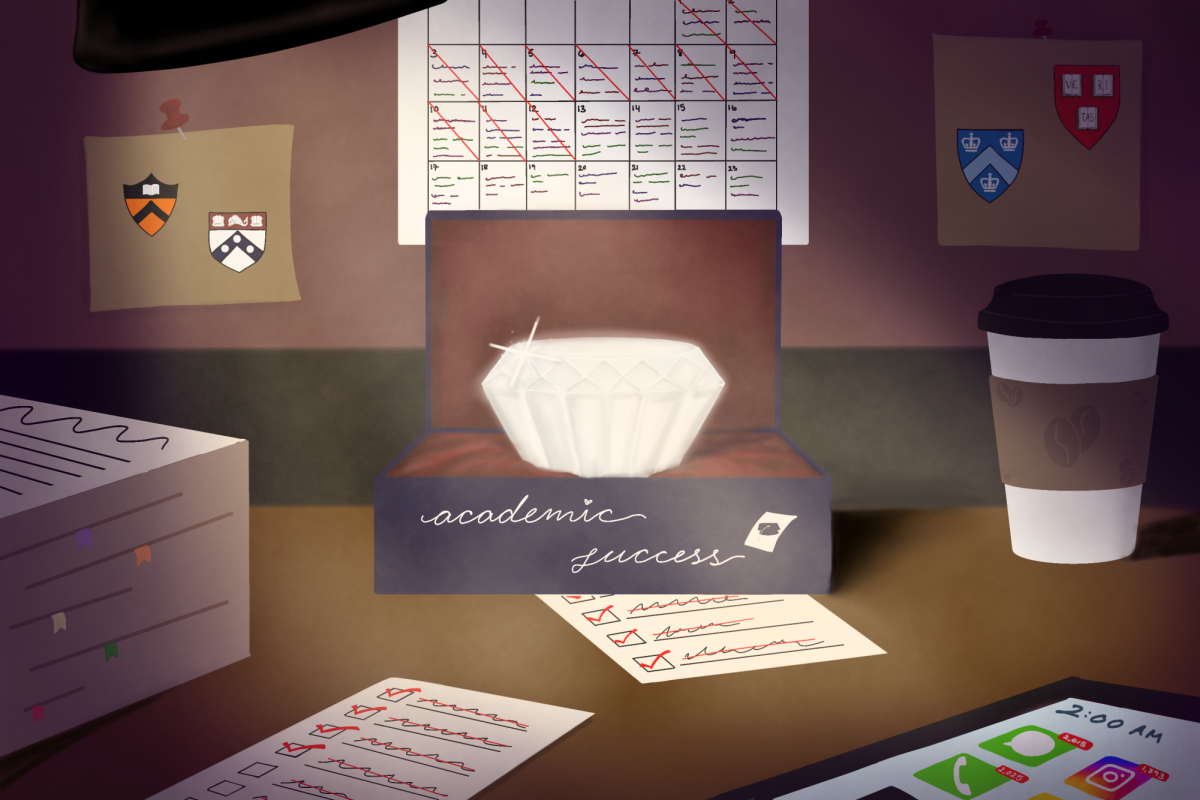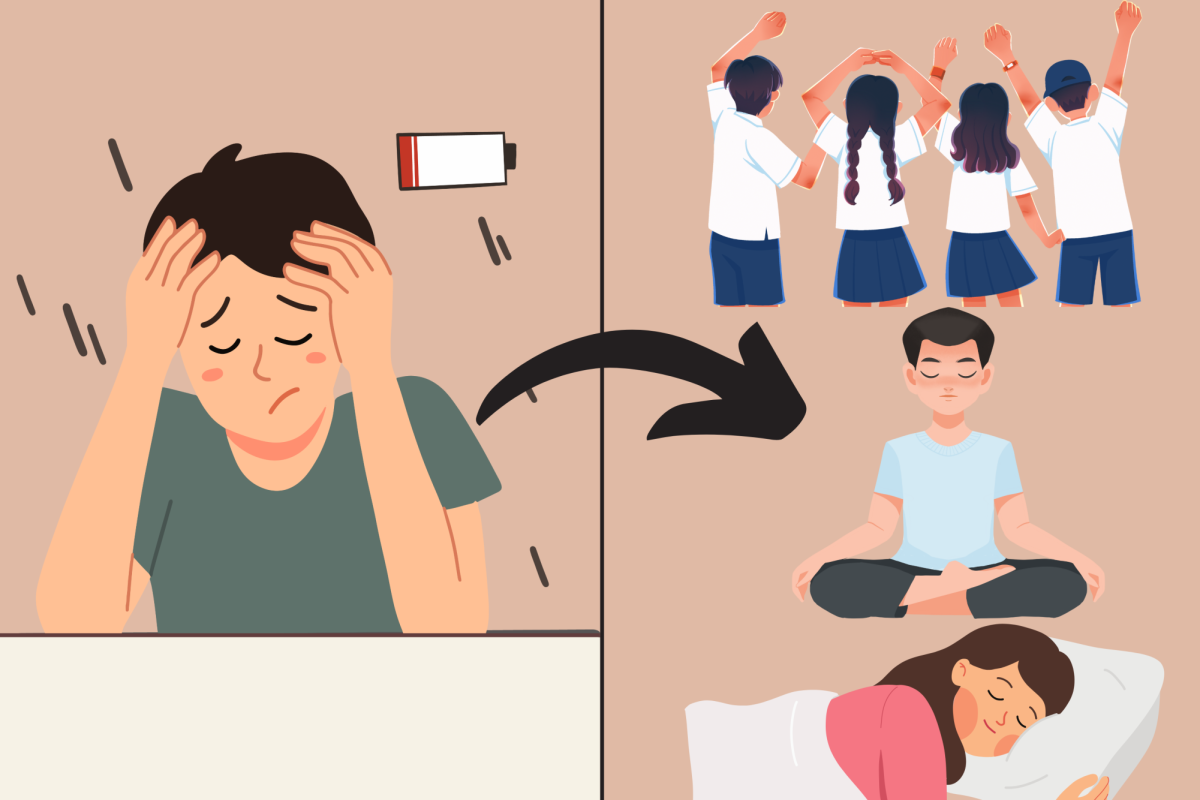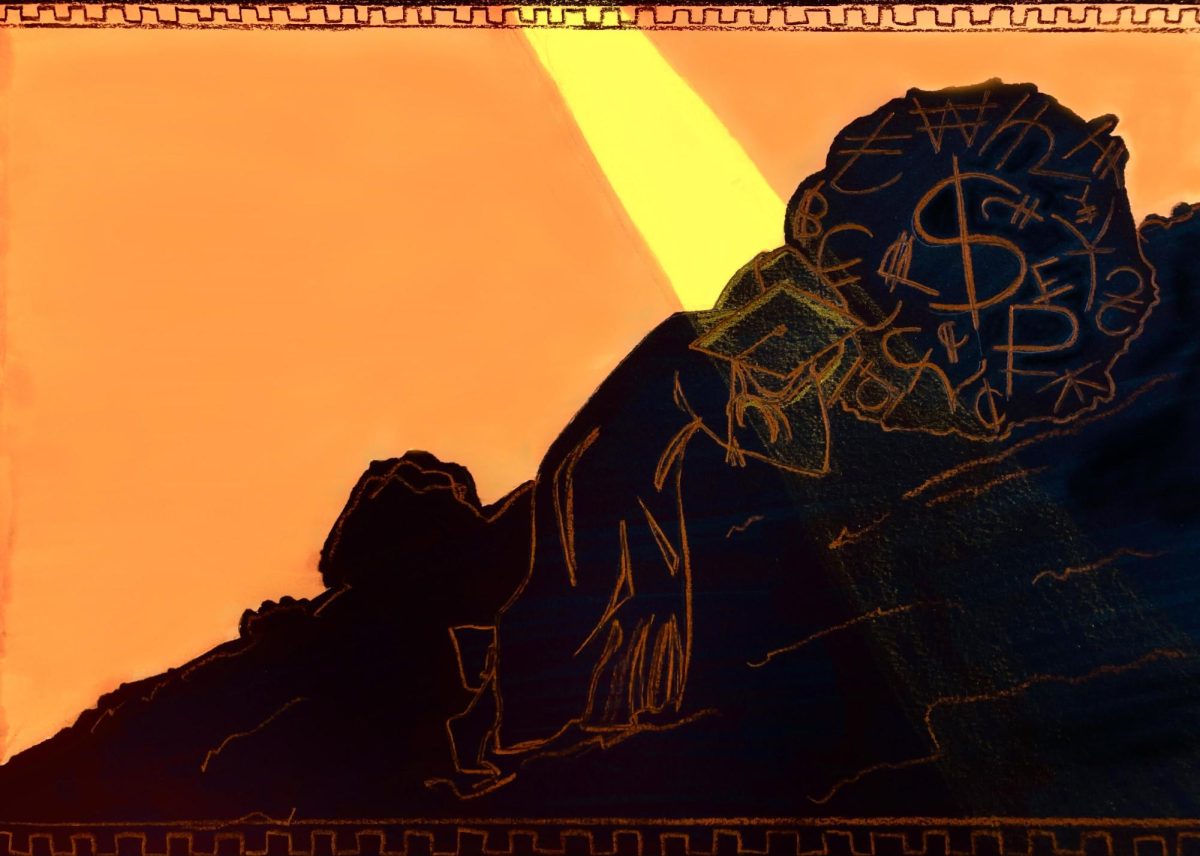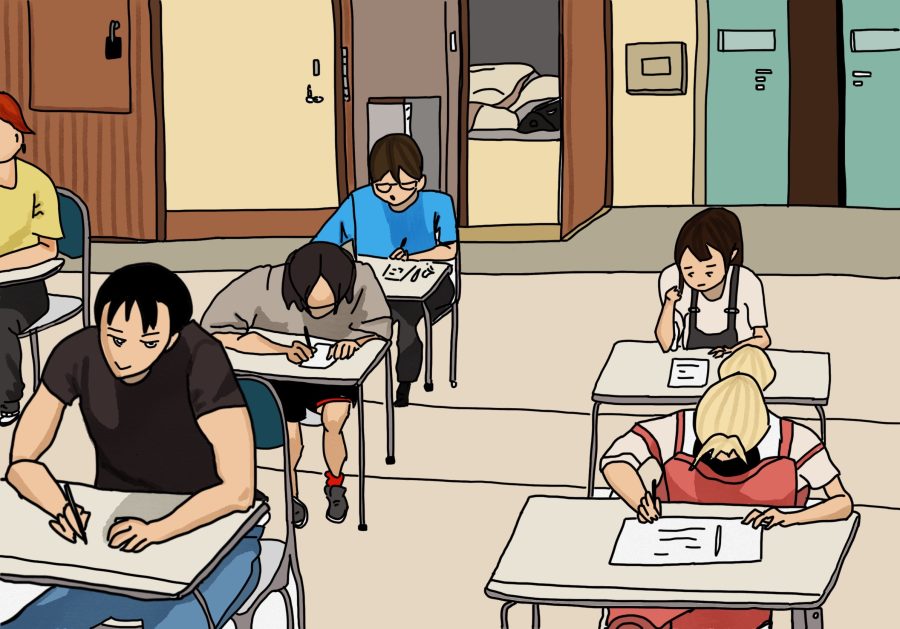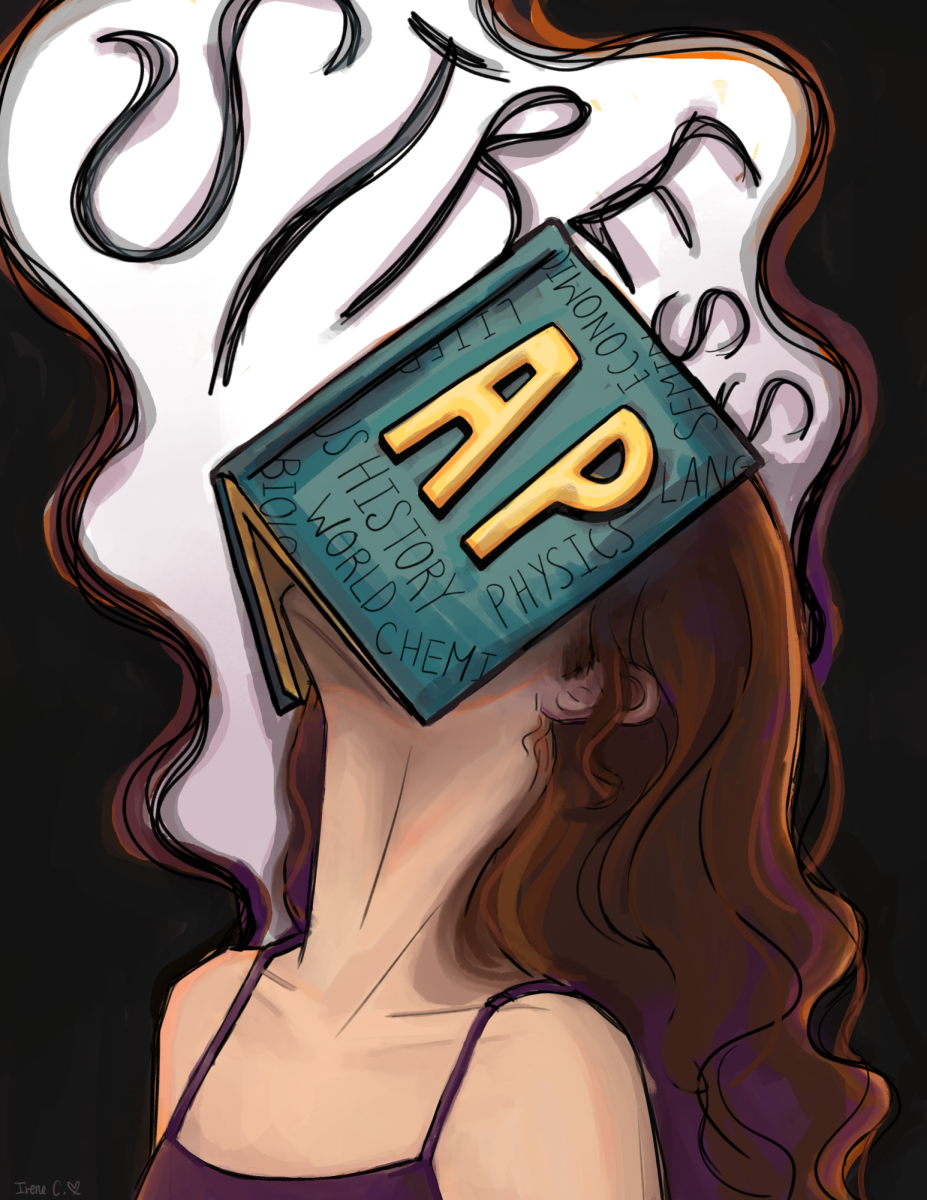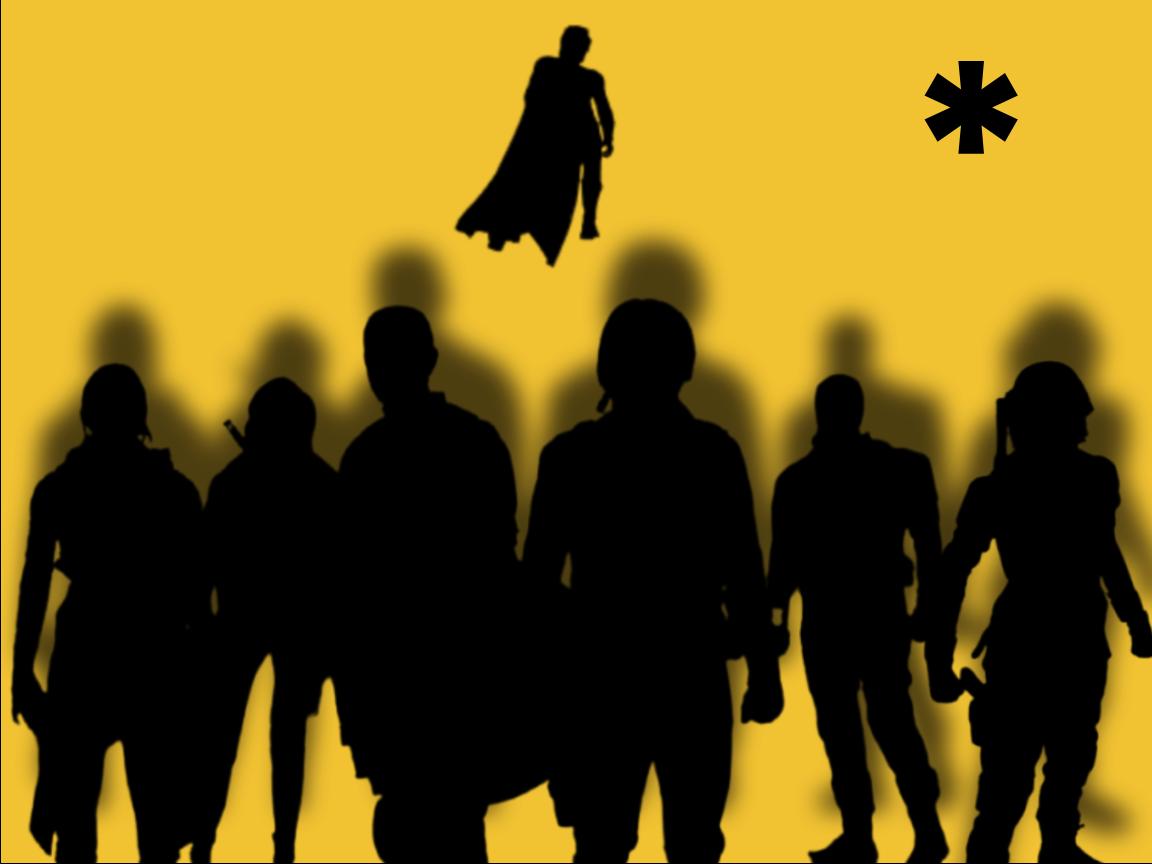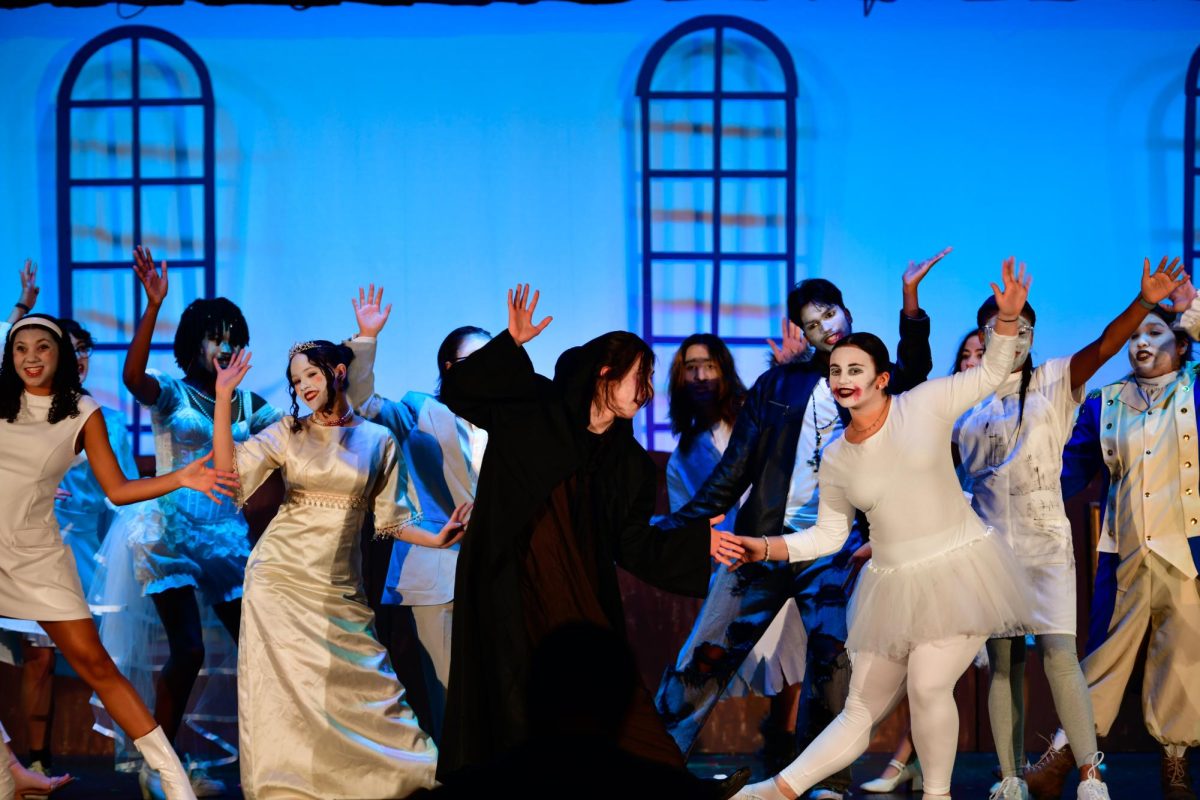Above our heads, the October sky is alive with planets, constellations, and even shooting stars, waiting for curious students to look up and notice.
For many, astronomy is something reserved for scientists with telescopes. But the night sky is one of the few “extracurriculars” everyone at EHS can enjoy for free.
“I’ve never seen a shooting star or a meteor shower before, but I have looked for stars in the night sky and the moon,” said Emi Basholli ‘26.
This October, the planets are putting on a show. Jupiter, the brightest “star” in the night sky, shines boldly, visible most of the night. Saturn follows nearby with its warm golden glow. With a telescope, students might even catch a glimpse of Saturn’s famous rings.
Constellations also make their seasonal return. Orion the Hunter begins to rise late at night, easily spotted by its three-star belt. Along with that, Cassiopeia (shaped like a “W”) will be dominating the northern sky, while Pegasus marks the gateway to the faint glow of the Andromeda Galaxy—the nearest spiral galaxy to our own.
But the biggest events come not from the stars but from the meteors. The Draconid Meteor Shower is set to peak overnight October 8 to 9, followed by the Orionids from October 21 to 22. Both offer EHS students the chance to catch the shooting stars if they step outside and look up.
“I’d definitely be in awe and starstruck,” said Olivia Motta ‘28. “Especially in New Jersey, it’s not something I see often, and I’d be really excited!”
Even though astronomy comes with complicated names, endless constellations, and technical terms, the real magic of stargazing is much simpler. You don’t have to know the difference between Cassiopeia and Andromeda or calculate the orbit of Saturn to appreciate the night sky. For students at Edison High, the stars can serve as a reminder that not everything in life has to be an assignment or a test; sometimes, it’s enough just to look up and enjoy the night sky. It’s also another much-needed but accessible reminder that there is more in this universe that brings us together as humans than divides us.
In a modern world filled with hardship and a school year filled with deadlines, homework, and personal challenges, taking a moment to appreciate the night sky can serve as a much-needed break. The quiet beauty of a crescent moon or the soft flashing lights of a meteor shower gives us a chance to step outside of everyday worries, even if only for a few minutes. For EHS students, stargazing isn’t about memorizing names. It’s about taking a break, finding calm in the chaos, and realizing that the universe is much bigger than any single stressful day.













